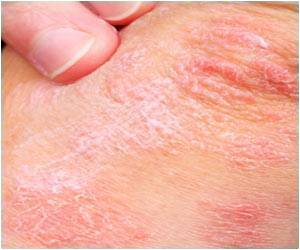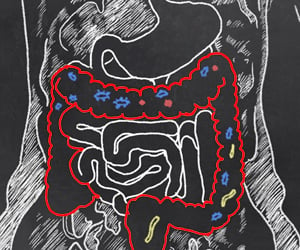The spinal neurons involved in the tingling sensation caused by a light touch are different from those transmitting pain or a 'chemical' itch.

Surprisingly, the spinal neurons involved in the tingling sensation caused by a light touch are different from those transmitting pain or a 'chemical' itch, the latter elicited by a mosquito bite or a skin wound that is healing.
The new results lend insights into potential mechanisms of chronic itch, which is caused by a variety of conditions such as eczema, diabetic neuropathy, multiple sclerosis and certain types of cancers. It may also help explain why some people affected by itch are unresponsive to commonly used antihistamine drugs.
"This is the first study that reveals the presence of a dedicated neural pathway for this particular sensation in the spinal cord," says co-senior author Martyn Goulding.
Overactivation of this pathway, which most likely evolved to detect the presence of disease-bearing insects on the skin, results in increased scratching akin to that seen in patients who develop chronic itch.
The spinal cord contains a variety of neurons called interneurons or "middlemen" that process and relay sensory information from the body including the skin.
Advertisement
"In the future, maybe we can specifically manipulate or modify the activity of these neurons to help people with chronic itch," Bourane adds. The study is published in the journal Science.
Advertisement













